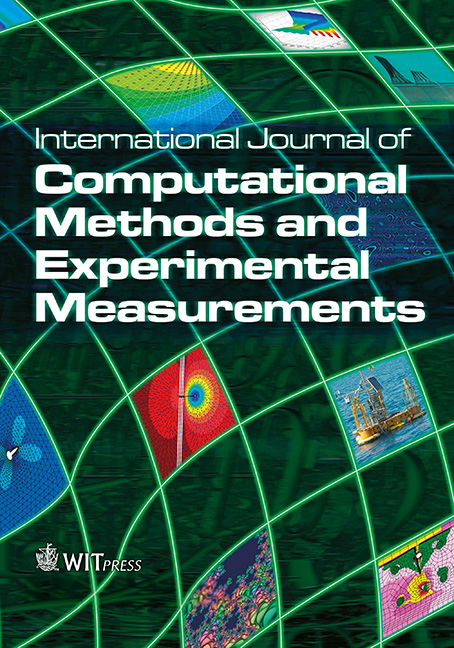CONSTRUCTION AND VALIDATION OF SMALL ELECTRO-MECHANICAL VIBRATION SENSORS
Price
Free (open access)
Volume
Volume 1 (2013), Issue 1
Pages
7
Page Range
72 - 79
Paper DOI
10.2495/CMEM-V1-N1-72-79
Copyright
WIT Press
Author(s)
ADOLFO SABATO & ALESSANDRO SABATO
Abstract
This project offers the opportunity to investigate oscillatory phenomena that can jeopardize the safety of structures of particular importance, using the accelerometers installed on small electromechanical (MEMS) devices known as Motes, which are devices that transmit data remotely without the need of using cable connections. The term ‘Motes’ usually indicates the single node in a Wireless Sensor Network (WSN). Using the accelerometer sensor installed on these tools, it is possible to program a network with numerous sensors to monitor the behavior of the system being tested. The present state of research has made it possible to obtain a prototype sensor by means of which data can be compared with those measured using traditional systems to detect accelerations ( piezoelectric accelerometers). The first step was that of defi ning the calibration procedure. Once the calibration curve has been completed in the laboratory, the single node (Mote) can be programmed for the acquisition of a single physical quantity and can also be scheduled to transmit these values to create a WSN, comprising numerous sensors connected to a central node that acts as a receiver. All programming is done using the nesC language, and it is finally loaded onto the sensor using the TinyOS operating system for the management of the nodes. During the measurements, one of the main problems manifested by these devices was the discharge of the batteries after a prolonged use. This is highly interesting because the ‘offset value’ characteristic of the sensor is influenced by the energy possessed by the batteries. Another problem highlighted by the tests conducted is the low sensitivity of the accelerometers, compared to that of a seismic accelerometer, a feature causing the loss of events with an intensity below a certain threshold. Nevertheless, these systems make it possible to monitor, with very low costs, critical structures that are subject to physical events of particular intensity to prevent disaster.
Keywords
Experimental analysis, MEMS accelerometers, motes, vibration




